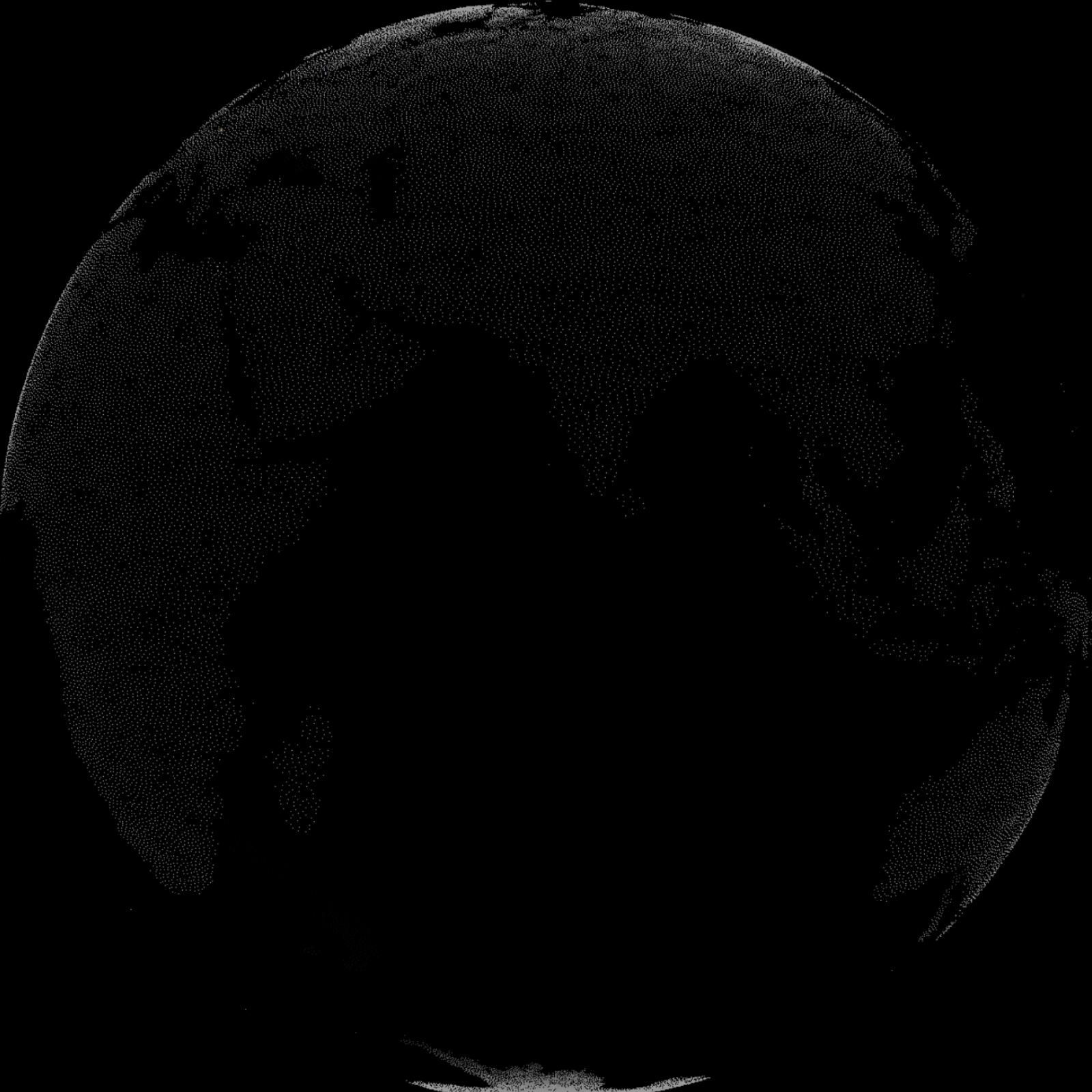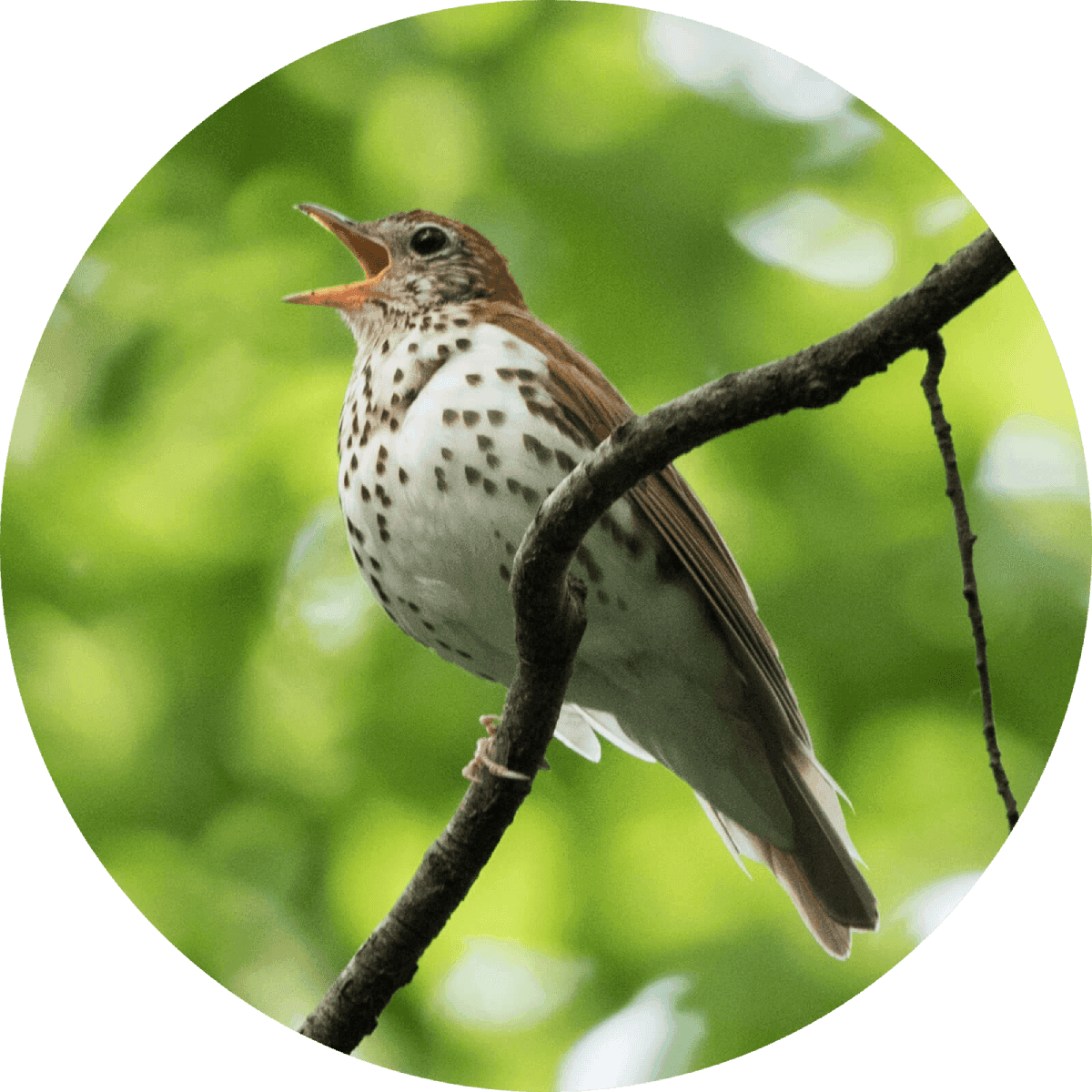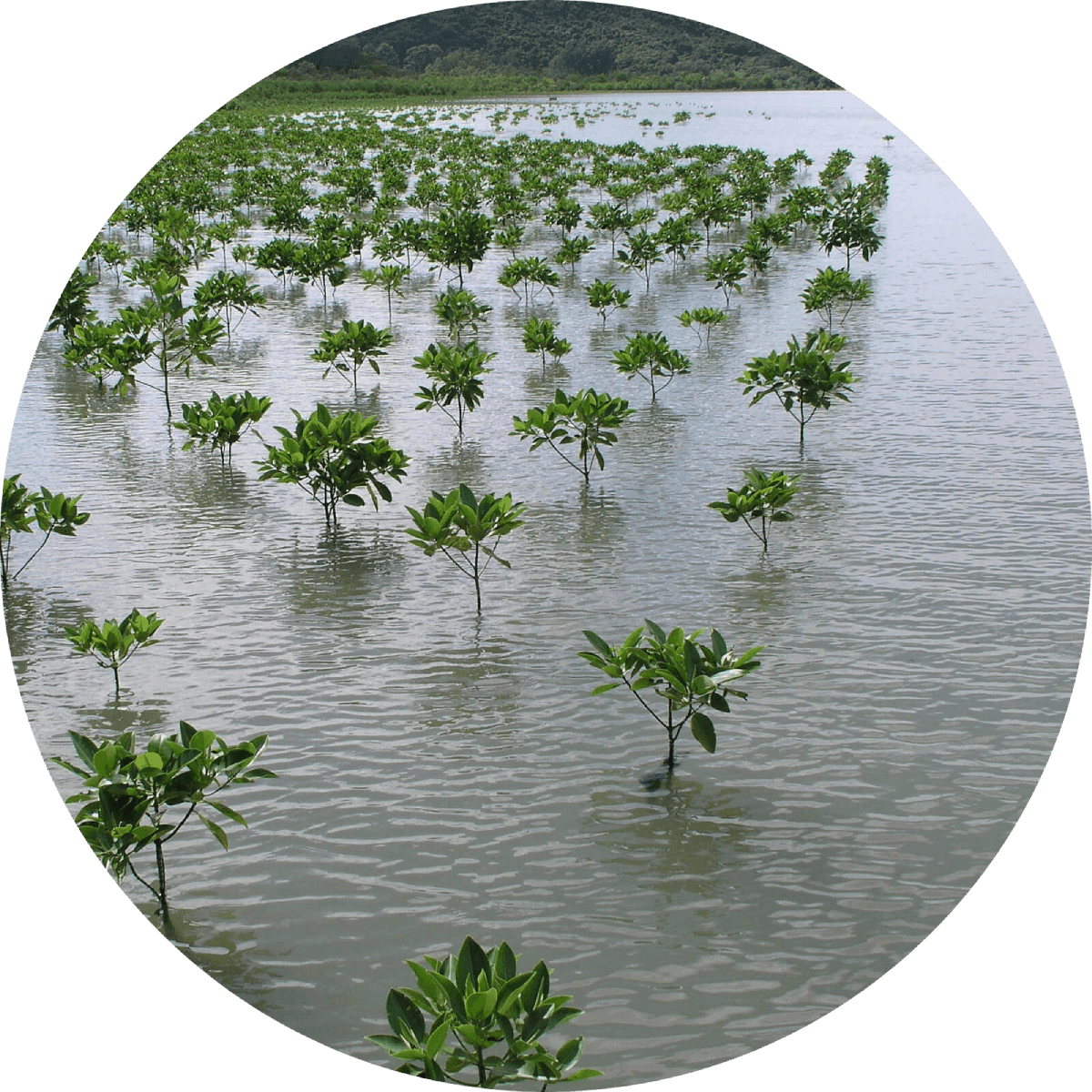“More than 600,000 sockeye salmon have leapt Bonneville Dam's fish ladders on the lower Columbia River – most heading to the Okanagan River in north central Washington. And scientists continue to expect a huge fall Chinook run as well, perhaps equaling last year's 1.27 million record. Most of these fish, however, aren't part of any endangered fish runs. But the rise in the Redfish Lake sockeye, plus the return of a few thousand imperiled Chinook also heading up the Snake River, is giving scientists, hydropower managers and tribal leaders fresh hope that progress toward recovery is finally being made after decades of divisive litigation.”
“A Tributary to the Columbia River, the White Salmon was once home to a vibrant salmon run before Condit Dam was built in 1913. The White Salmon has since developed a reputation as a world class whitewater destination in the stretches above the dam site.”
“Some people still define the pacific northwest region as anywhere a salmon can swim. It's a romantic thing to say, but that would mean the territory's been cut in half by dams. At one point the Columbia and Snake rivers… were the most productive wild salmon fisheries in the lower 48. Now the runs hover around 8% of their former glory. Every fish that passes [the] window at Bonneville Dam has to find and negotiate an elaborate passage to move upstream. The only chance for their offpsring to get to the ocean is if the dams are spilling water. But that equates to wasted power. So you'll come and you will see juvenile fishing being transported in barges in trucks downstream past the dams.”
“My dad woke me up and it was dark yet. ‘Come on son, let's go, the fish are comin.' He took me outside the tent, he said, ‘Listen.' It sounded like a thousand people with an oar beating on the water. It was salmon coming up the river… It mattered not whether you was Yakima, Nez Perce, Umatilla, Cayuga, whatever you were. It didn't matter, you was a part of it. The mist and the roar of that water, it just… I think about it right now and I can hear it. That is one of my great things that in my memory is when I think about it, I can actually hear it…. I knew what was there and I knew what they done…. The wind has changed because of the flat surfaces coming up the Columbia. The temperatures of the waters have changed. The dead water makes it harder for the fish to get up and down. And now all it is is a big body of water. Its all it is. It means nothing to me. All it means is what they took away. What these dams have done, have completely torn my country apart.”
“More endangered sockeye salmon have made the 900-mile journey from the Pacific Ocean to central Idaho's high-elevation Redfish Lake this fall than in any previous year going back nearly six decades. Some 1,400 fish have returned so far... The last time sockeye numbers exceeded the current run was 1955 when 4,361 fish returned to Redfish Lake, Fish and Game records say... Through recent discoveries made possible by genetic testing, [Idaho Department of Fish and Game's Jeff] Heindel said, biologists have come to believe that one of the reasons the population didn't blink out in the following decades is due to non-migratory sockeye that never left Redfish Lake. There they survived through brutal winters with limited food resources and grew into adults — smaller than their ocean-going relatives — and produced offspring. Some adventurous percentage of those offspring, however, made the risky journey to the food-rich ocean.”
"In 2012, Oregon completed designation of five marine reserve sites within its state waters. Each site consists of a "no-take" marine reserve and most also include one or more, less restrictive Marine Protected Areas. The marine reserves prohibit all take of fish, invertebrates, wildlife and seaweeds as well as ocean development, except as necessary for monitoring or research. The protected areas have varying levels of protection, allowing or prohibiting specific take and prohibiting all ocean development." The protected areas: Redfish Rocks, Otter Rock, Cape Perpetua, Cascade Head and Cape Falcon.
“The Pacific Northwest is salmon. Its the history of this area. You wouldn't believe how many livelihoods this has supported, this one little [fishing] station. And there used to be fish stations all up and down the river. Each one was like a little community. My family has been doing it since 1872. I have a son and some grandsons who like the water too. There are things I want to teach those kids.”
“It is amazing what they do in order to reach these birth houses of these beautiful wilderness streams. Eastern Oregon, Eastern Washington, Idaho streams. They give up their lives to put thousands of these little glowing red balls into the stone spine of this continent. It is this luminous ball, looks backlit, it looks like the sun. In cold stone, cold water, they find a fire that creates life... Salmon are this unbelievably charismatic and biologically necessary creature. And salmon are in trouble. As much as any species of plant and animal in the pacific northwest, if this creature is removed from the tapestry, the tapestry will unravel.”
“A rancher that used to have this ranch said that he would lay awake at night, kept awake by the splashing salmon that were down in the creek. My wife and I have been here for nine years and we have yet to see a salmon.... A lot of people, I think, have a misunderstanding that all of this money is being spent on salmon and that salmon are suddenly being recovered. We've had a few bumps up in the number of salmon that have come up the Columbia and Snake river the last few years, but what they don't understand is that those are fish coming back to hatcheries. They are not going up the tributaries, they are not providing any type of nutrient for all the myriad of streams and small rivers.”
“Based on a recently completed review, NOAA Fisheries Service has determined that all 13 Columbia River basin salmon and steelhead stocks now listed under the Endangered Species Act will retain their listing classification as either threatened or endangered... The review addresses the status of the following ‘evolutionarily significant units' or ‘designated population segments' of, respectively, salmon or steelhead: upper Columbia River spring-run chinook; Snake River spring/summer-run chinook; Puget Sound chinook; lower Columbia River chinook; upper Willamette chinook; Snake River fall-run chinook; Hood Canal summer-run chum; Columbia River chum; lower Columbia River chinook; Snake River sockeye; Ozette Lake sockeye salmon; and upper Columbia River, middle Columbia River, Snake River basin, lower Columbia River, upper Willamette and Puget Sound steelhead.”
“I am reminded of the stories of the bountiful salmon runs that once existed on the Wimal, the Columbia River. The deafening and echoing roar of Celilo Falls has long been silenced. Fishing stations at the dangerous Cascade Falls, the Spearfish area of the Wíshxam (Wishram), and the untamed, thrashing, wild boulder-spitting of Coyote's Fishing Place (Five Mile Rapids) have been drowned forver. The sould of the Columbia River is languishing from the dead and chemically polluted waters caused by modern technology and the salmon-murdering dams... If our Chinookan ancestors saw the current condition of the Columbia River, they probably would sing and perform the Chinook funeral and death song. The return of the wild river will always be the yearning of those who were acquainted with this life of many years ago. I can now only recall in memory of ána-ku íwachá mí-mi (The way it was long ago).”
“Over the past century and a half, most Pacific Northwest rivers had logs pulled out of them and large trees cut from their banks. Consequently, the number of deep pools has decreased in rivers throughout the region. Studies of historical records and the few reaches of rivers still flowing through old-growth forest indicate that an estimated two-thirds of the pools have disappeared from Puget Sound rivers over the last 150 years. Field studies also show that the abundance of Chinook and Coho in a river is related to the number of pools.”
“When I was a young boy I started gillnetting... I'd take a couple, two, three weeks off during the fishing season, and I'd make enough money to buy my clothes and what I needed for my own. And so that's the way we survived. We lived mostly on common foods like fish, smoked fish, we always had a smoke house going because there was fish running in all of these streams just about year round... [In the Nemah River] In those days, you see, there was a run of Chinook Salmon that came in about the first part of July. There was really beautiful nice Chinook salmon that came in at that time, but they're gone now. There's none of those left that I have seen.”


Learn about Maya Lin’s fifth and final memorial: a multi-platform science based artwork that presents an ecological history of our world - past, present, and future.

Discover ecological histories and stories of former abundance, loss, and recovery on the map of memory.

Learn how we can reduce our emissions and protect and restore species and habitats – around the world.

See how art can help us rethink the problems we face, and give us hope that each one of us can make a difference.

Help make a global memorial something personal and close to home. Share your stories of the natural world.